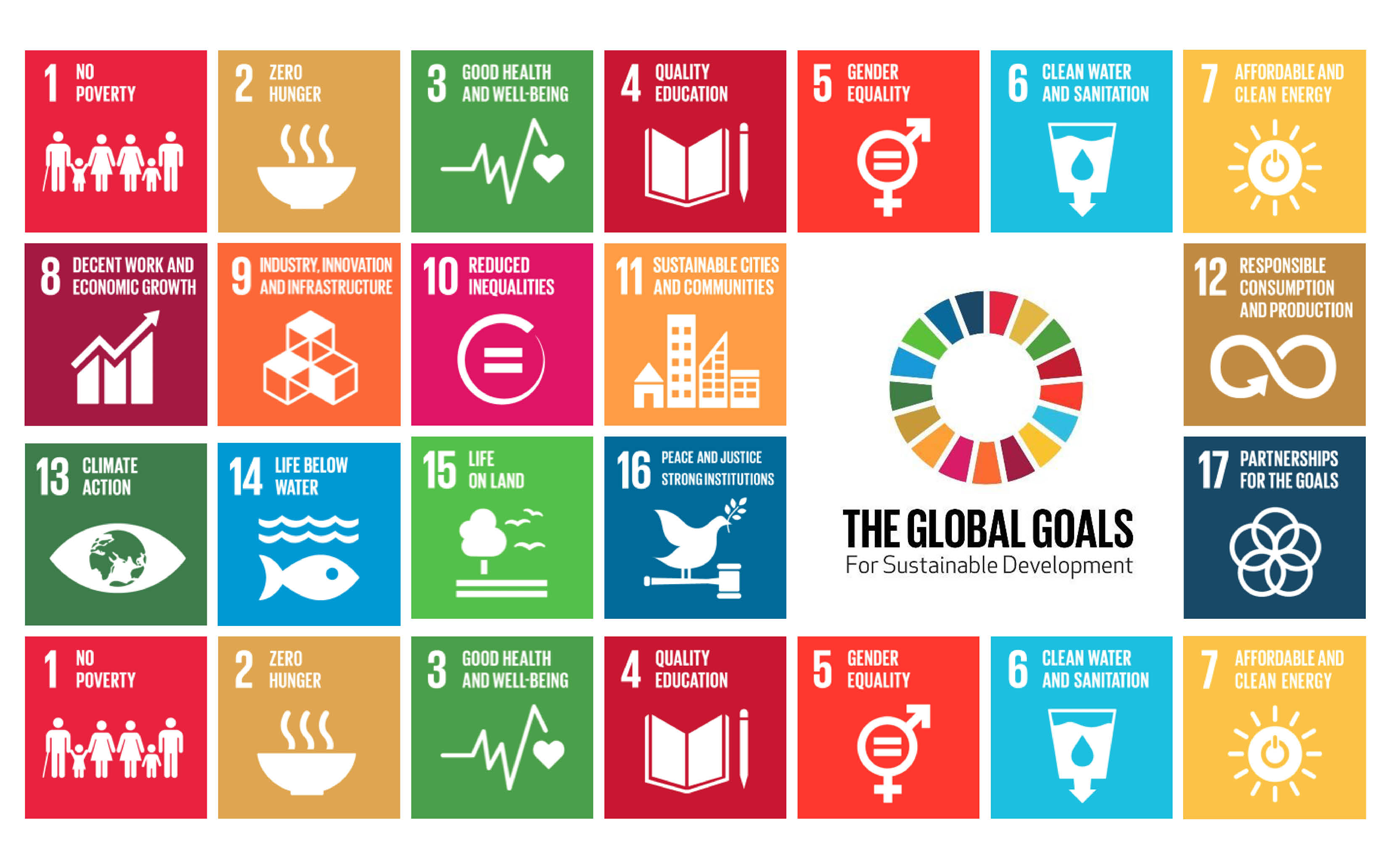What are we aiming to achieve?
The science around climate change and the subsequent setting of targets to help and reduce the negative consequences of the actions of humanity continues to evolve below you can see the latest targets

SDGs 2030
Day(s)
:
Hour(s)
:
Minute(s)
:
Second(s)
Sustainable Development Goals
The Sustainable Development Goals are the blueprint to achieve a better and more sustainable future for all. They address the global challenges we face, including those related to poverty, inequality, climate change, environmental degradation, peace and justice.
In September 2015, the UN general assembly adopted the 2030 Agenda for Sustainable Development that includes 17 Sustainable Development Goals. Building on the principle of “leaving no one behind”, the new agenda emphasises a holistic approach to achieving sustainable development for all.

Net Zero 2045
Day(s)
:
Hour(s)
:
Minute(s)
:
Second(s)
Net Zero
Following the latest IPCC report, it is becoming increasingly clear that not only is meeting the SDGs important, but efforts may need to go significantly beyond the 2030 targets. This is where the commitments to net zero are increasingly important. The IPCC in their report define net zero as:
Net zero CO2 emissions – net zero carbon dioxide (CO2) emissions are achieved when anthropogenic CO2 emissions are balanced globally by anthropogenic CO2 removals over a specified period. Net zero CO2 emissions are also referred to as carbon neutrality.
The majority of countries are currently aiming for targets for 2050 but there are others who are more ambitious. FIDIC as part of its State of the World programme outlined how commitments from countries and companies should bring this target forward to 2045 given the seriousness of the climate issue.
Net Resource 2060
Day(s)
:
Hour(s)
:
Minute(s)
:
Second(s)
Net resource
There is then the additional question of, what next? The SDGs are due for 2030, Net zero is widely considered to be 2050 but this currently appears like it might be too late so the question is what is beyond this? How do we manage the transition between various targets and how do we ensure we maintain progress and further improve this globally?
FIDIC proposes that conversations around the next target need to begin sooner rather than later. Having considered the net zero carbon target and the increasing efforts to integrate circular economy thinking into activities we believe a good starting point for these conversations would be based on a net resource target.
Resources can be considered biotic and non-biotic things; this includes everything from rare minerals (non-living) to the fish (living) and food stocks we consume. Managing our natural resources is moving towards a truly circular economy and this focus needs to not only happen as part of Net zero targets but will have to be sustainable beyond.
Net Resource – Resources should be used and continue to be used in a way where the use, creation and/or need of materials, products and services are designed to eliminate waste in the first place and generate minimal detrimental effect on the need for additional resources in the future. Therefore, ensuring sustainability for future generations with no overall waste due to the underutilisation.
